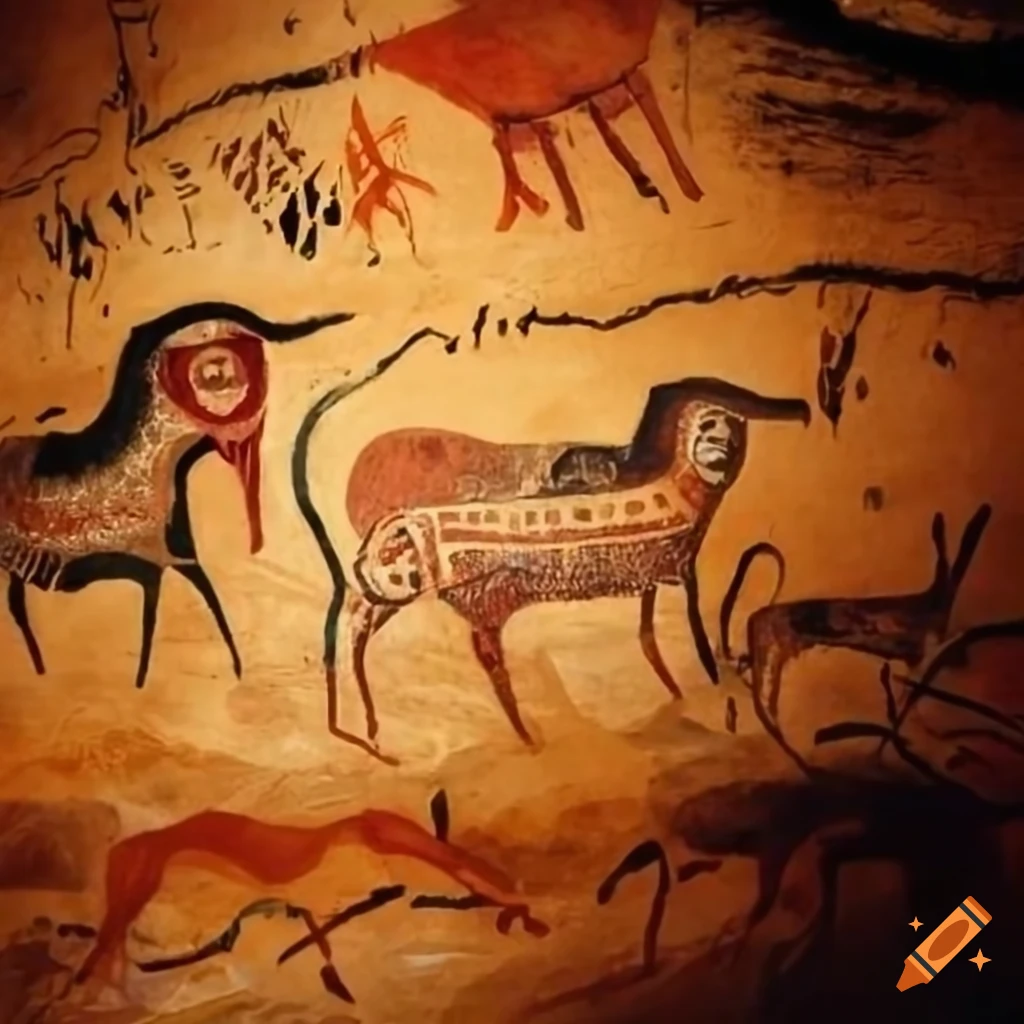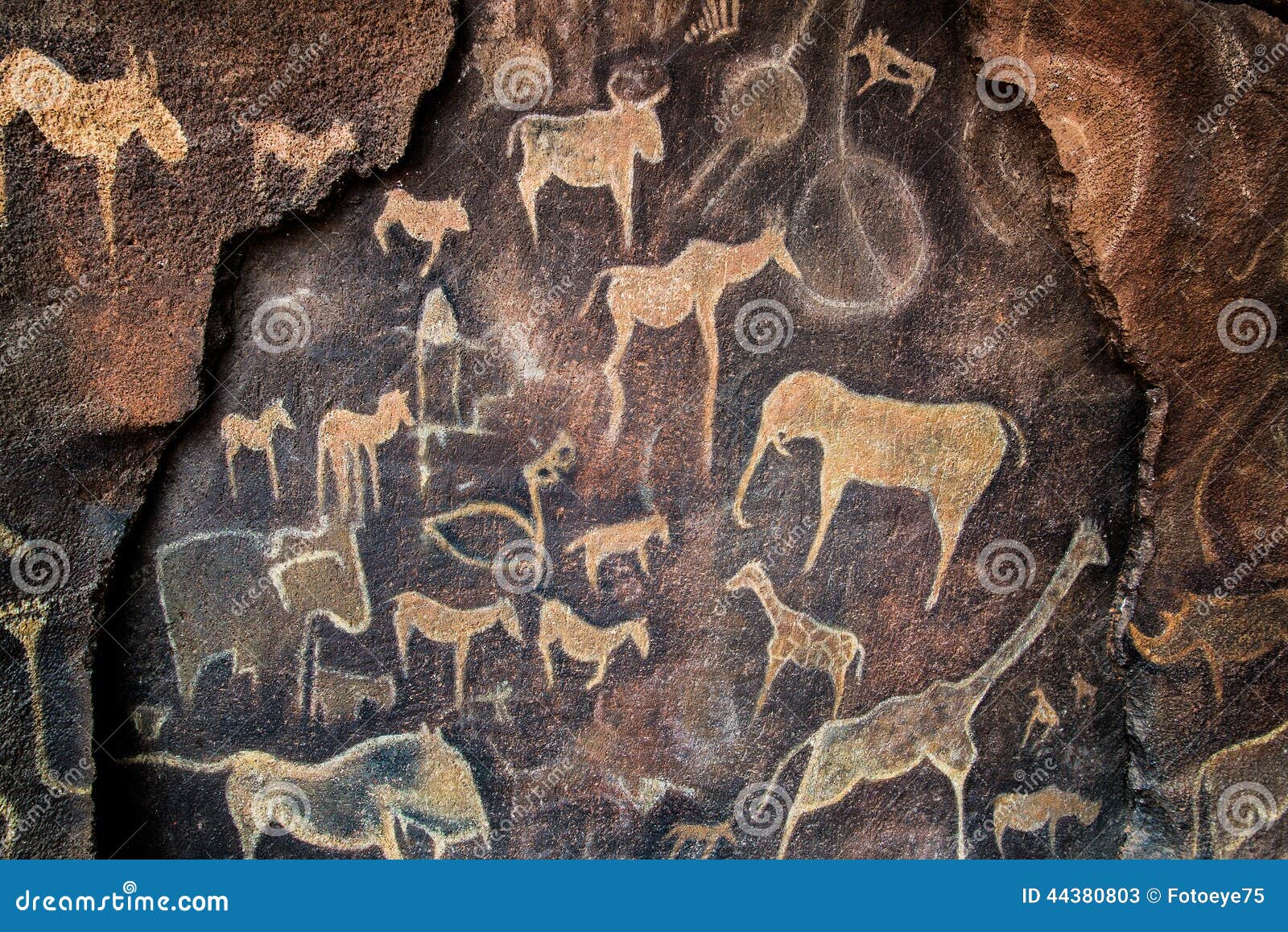
Native American Tribal Cave Paintings: Ancient Communication and Spiritual Expression
Deep within the shadowed recesses of caves and across the weathered faces of cliffs, a profound narrative unfurls—a visual testament to millennia of human experience. Native American tribal cave paintings, along with petroglyphs etched into stone, represent not merely ancient art, but an intricate system of communication and a potent expression of spiritual devotion. These indelible marks on the landscape are a living archive, whispering tales of cosmology, history, identity, and survival, directly connecting contemporary society to the ancestral voices of North America.
From the sun-drenched canyons of the Southwest to the glacial valleys of the Great Basin, and across the dense forests of the Northeast, thousands of rock art sites dot the continent. These sites, some dating back over 10,000 years, predate written language as understood in Western traditions, serving as the primary medium for recording knowledge, ritual, and history. They are not random scrawls but deliberate, often sacred, compositions that offered vital information, guidance, and a tangible link to the spirit world.
The act of creating rock art was often a deeply spiritual endeavor. For many tribes, the cave or rock shelter itself was considered a sacred space, a liminal zone where the physical and spiritual worlds converged. Shamans, healers, and spiritual leaders often sought these secluded places for vision quests, ceremonies, and communion with ancestral spirits or power animals. The images painted or carved there were not simply depictions but active participants in these rituals, imbued with power and purpose. Anthropomorphic figures, often adorned with horns, feathers, or other animal attributes, frequently represent spirit beings, deities, or shamans undergoing transformation. Animals themselves, such as deer, bighorn sheep, birds, and serpents, were not just sources of sustenance but potent spiritual symbols, embodying specific powers or messages from the cosmos.
One of the most striking examples of this spiritual expression comes from the Chumash people of coastal California. Their painted caves, particularly the famous Chumash Painted Cave State Historic Park, feature intricate, multicolored murals depicting cosmological maps, celestial beings, and shamanistic journeys. These paintings, rich in symbolism, are believed to represent the Chumash understanding of the universe, the movements of celestial bodies, and the powerful experiences of their spiritual practitioners. As archaeologist Georgia Lee notes, "The rock art of the Chumash is deeply intertwined with their spiritual beliefs and practices, serving as a visual language for their complex cosmology." The vibrant reds, blacks, and whites, derived from mineral pigments and charcoal, were painstakingly applied to convey intricate narratives of creation, transformation, and the interconnectedness of all life.
Beyond the purely spiritual, these rock art sites served as sophisticated forms of ancient communication. They were public records, didactic tools, and territorial markers. Narrative panels often depict historical events: migrations, battles, important hunts, or encounters with other groups. These visual histories, often passed down through oral tradition, provided a collective memory for the community, reinforcing identity and shared experiences. For example, some petroglyph sites in the Great Plains feature "winter counts," mnemonic devices used by tribes like the Lakota and Kiowa to record the most significant event of each year, often spanning centuries. These visual annals chronicle everything from severe winters and epidemics to successful hunts and treaty negotiations.

Astronomical knowledge was also meticulously recorded on stone. Many sites show evidence of solar and lunar alignments, functioning as ancient observatories or calendars. The famous "Sun Dagger" at Fajada Butte in Chaco Canyon, New Mexico, created by the Ancestral Puebloan people, is a prime example. On the summer solstice, a dagger of light perfectly bisects a spiral petroglyph, marking the precise astronomical event. Similar alignments found at other sites indicate a profound understanding of celestial mechanics, crucial for agricultural cycles and ceremonial timing. These astronomical notations underscore the practical and intellectual sophistication embedded within Native American rock art.
The creation of these enduring masterpieces was a labor-intensive process, demanding skill, patience, and a deep understanding of natural materials. Pictographs, or painted images, utilized pigments derived from minerals like hematite (red), limonite (yellow), manganese oxide (black), and kaolin (white), often mixed with binders such as animal fat, plant juices, or egg whites to ensure adhesion. These paints were applied with fingers, brushes made from plant fibers or animal hair, or even blown through hollow bones to create stenciled effects. Petroglyphs, on the other hand, involved removing the dark outer layer of rock (patina) to expose the lighter stone beneath, using harder stones as hammers and chisels. The techniques varied widely, from intricate pecking and grinding to incising fine lines, each method leaving a distinct artistic signature.
Regional variations in style and content are immense, reflecting the diverse cultures and environments across North America. In the Southwest, Ancestral Puebloan and Fremont cultures produced distinct styles, with the Barrier Canyon Style of Utah featuring towering, ghost-like anthropomorphic figures. These enigmatic figures, often lacking arms or legs, with hollow eyes and elaborate headdresses, evoke a powerful sense of the otherworldly. Further north, in the Columbia Plateau, the Sahaptin-speaking peoples created petroglyphs depicting salmon, powerful spirits, and human figures in ritualistic poses, reflecting their deep connection to the river and its resources.
Despite the wealth of information they offer, interpreting rock art presents unique challenges. Many of the original artists and their direct descendants are no longer present, and the precise meanings of symbols can be lost to time or are culturally sensitive and not meant for external revelation. Early archaeological interpretations often imposed Western frameworks, sometimes overlooking the spiritual and cultural nuances. Today, there is a growing recognition of the vital importance of consulting and collaborating with contemporary Native American tribes. Their oral traditions, cultural knowledge, and spiritual insights are indispensable for a more accurate and respectful understanding of these ancestral expressions. As LaVan Martineau, a Southern Paiute scholar, emphasized, "The rock writing is just a mirror of the past. To understand it, you have to understand the people who made it."
Tragically, these irreplaceable cultural treasures face numerous threats. Natural erosion, exacerbated by climate change, slowly degrades the delicate pigments and carved surfaces. More devastating, however, is human impact: vandalism, graffiti, and unregulated access continue to destroy sites. The sheer volume of unchecked tourism also contributes to degradation through dust, touch, and even unintentional damage. Preservation efforts are ongoing, involving archaeologists, conservators, and increasingly, Native American tribal governments. These efforts range from documenting sites with advanced imaging techniques to implementing protective barriers and educational programs aimed at fostering respect and stewardship.
Native American tribal cave paintings and petroglyphs are far more than static relics of a bygone era. They are dynamic cultural landscapes, imbued with enduring spiritual power and profound historical significance. They challenge conventional notions of art and writing, demonstrating sophisticated systems of communication that transcend linguistic barriers and the passage of millennia. For contemporary Indigenous peoples, these sites are vital links to their heritage, sacred places that reinforce identity, spirituality, and continuity. They stand as powerful reminders of human ingenuity, resilience, and the universal drive to communicate, to express, and to connect with the cosmos. Protecting these ancient voices ensures that the profound wisdom and spiritual legacy of North America’s first peoples continue to resonate for generations to come. Their silent narratives are a testament to humanity’s deep past, urging us to listen, learn, and preserve.


